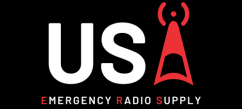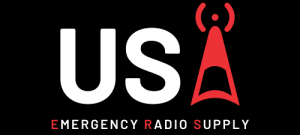How to Survive a Flood: Essential Tips to Keep You Safe Before, During, and After the Disaster
Floods are one of the most devastating natural disasters that can occur, causing significant damage to homes, businesses, and communities. With heavy rainfall, flash flooding, and storm surges, floods can pose a significant threat to human life. To stay safe, it is crucial to be prepared and take the necessary steps to survive a flood. In this blog post, we’ll go through some essential tips and strategies to survive a flood, including what to do before, during, and after the disaster.
Part 1: Before the Flood
- Know the Risks
The first step to preparing for a flood is to understand the risks in your area. You should research the history of flooding in your area and find out if you live in a flood-prone zone. You should also learn about the potential risks and dangers associated with flooding in your area.
To help you prepare, make sure you know the evacuation routes in your area and have a plan in case you need to evacuate. You can also sign up for local weather alerts and emergency notifications to stay informed about the latest information.
- Prepare Your Home
If you live in a flood-prone area, it’s essential to prepare your home for the disaster. Here are some steps to take to survive a flood:
- Raise electrical outlets, switches, and appliances above potential flood levels.
- Install check valves in your plumbing to prevent floodwater from backing up into your drains.
- Install flood shields or sandbags around the perimeter of your home.
- Clean gutters and downspouts to prevent water damage to your home.
- Check your insurance: Make sure your home insurance policy covers flood damage and consider flood insurance if you live in a flood-prone area.
- Create an Emergency Kit
To ensure you’re ready for the disaster, you should create a flood emergency kit. Here are some essentials to include:
- Water and food: Store at least three days’ worth of water and food for each person in your household. Choose non-perishable items such as canned goods, dried fruits, and granola bars.
- Medical supplies: Keep a first aid kit, medications, and personal hygiene items such as soap, toothbrush, and toilet paper.
- Clothing and bedding: Keep extra clothes, blankets, and sleeping bags in case you need to evacuate or if the power goes out.
- Important documents: Keep important documents such as birth certificates, passports, and insurance policies in a waterproof container.
Part 2: During the Flood
- Stay Informed
Stay informed about the latest information from local authorities and the National Weather Service. Listen to the radio or TV for updates to survive a flood and follow their instructions.
- Evacuate If Necessary
If you’re advised to evacuate, do so immediately. Do not wait until the last minute, as roads may become flooded or blocked, and you may not be able to leave.
- Avoid Floodwater
Do not attempt to walk or drive through floodwater. Even shallow water can be dangerous, and floodwater can be contaminated with sewage or other hazardous materials.
- Turn Off Utilities
Turn off utilities such as gas, water, and electricity if instructed to do so by local authorities or if you suspect a leak or damage.
- Use Your Emergency Kit
Use your emergency kit if necessary. Make sure you have enough food, water, and supplies to last for at least three days.

